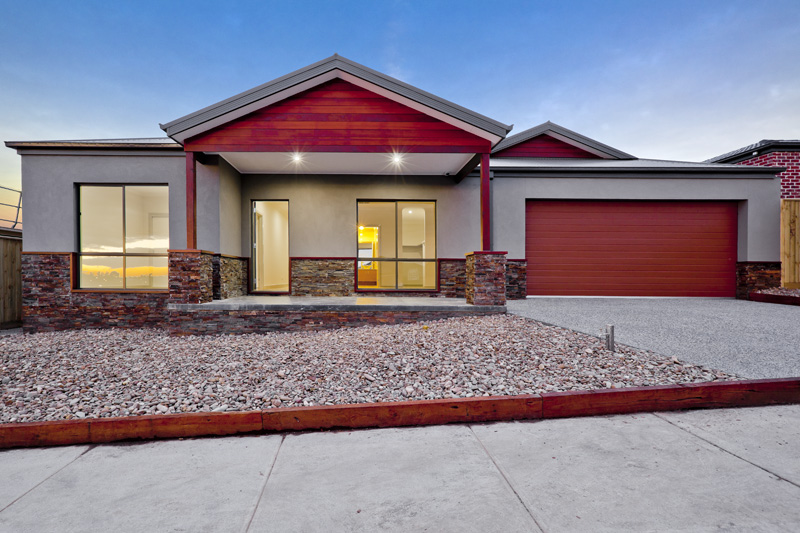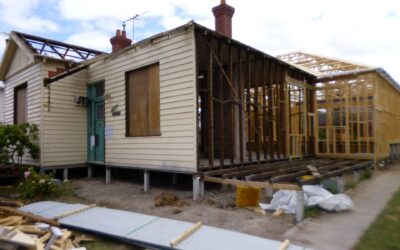So why are they so troublesome? Because many people believe that a building contract, once signed, is inclusive of all costs. However, that’s not the case. Inevitably, there will be changes, additions or deletions (by both the builder and the owner), to the original scope of works – no matter how large or small the job.
For this reason, the fine print of most building contracts, allows for variations and adjustments.
What is a building variation?
Building variations are differences, changes or additions to the contracted (original) scope of works. They can be for materials, labour or both. A variation occurs when work outside the original scope occurs or items within the contract are adjusted – such as changes to PC (prime cost) items or PS (provisional sum) items.
OUR TIP: Do more work ahead of signing the contract (not during the build) and ensure your contract specifies brands, models, colours, power points, door handles, light bulbs, taps, and even coats of paint.
What types of things are considered building variations?
As a job or project progresses, it’s not uncommon for opinions and ideas to change – especially when things look different to what was envisaged from the plans. The movement of windows, walls or door sizes are considered variations, as would be an additional retaining wall or path. Even changes in choice – such as tiles and taps – can result in a variation being issued.
OUR TIP: The best way to lower your number of variations is to be well prepared, thorough and careful in your choices and planning, before you sign your building contract.
How are variations calculated?
Generally speaking, if the cost of the variation is a result of you, the client, changing your mind or altering the scope, then you can be charged a variation fee and builder’s margin of up to 20 percent = VARIATION COST + BUILDERS MARGIN + GST. This amount is then added to your next progress payment.
OUR TIP: Look at your contract details and find out how you’ll be charged (or credited), for items that are added or deleted, and when the payments will fall due.
How should variations be handled?
All variations should be documented, in writing and agreed to, in writing. This ensures clear communication and avoids confusion further down the track in the job, when memories can’t recall what was agreed to, on the go.
OUR TIP: Make sure there’s a clear paper trail when it comes to anything to do with contracted work and payments.
Related Posts
5 things you need to consider for a successful Californian Bungalow extension
Small and sweet, Californian Bungalows are the perfect candidate for an extra room or two addition instead of room or two? Discover the top 5 things you should consider when planning your...
Home extension costs: What you need to know for a successful house extension
Planning a home improvement is exciting. Budgeting accurately is essential. Explore home extension costs and how you can get the most out of your project. So, you’re thinking about...
Reno realities of real builds v’s TV shows
Go on, admit it. You’re addicted to home reno TV programs… you know, The Block, My House Rules, Flip or Flop and anything else where people transform average (or less) homes, into amazing....




